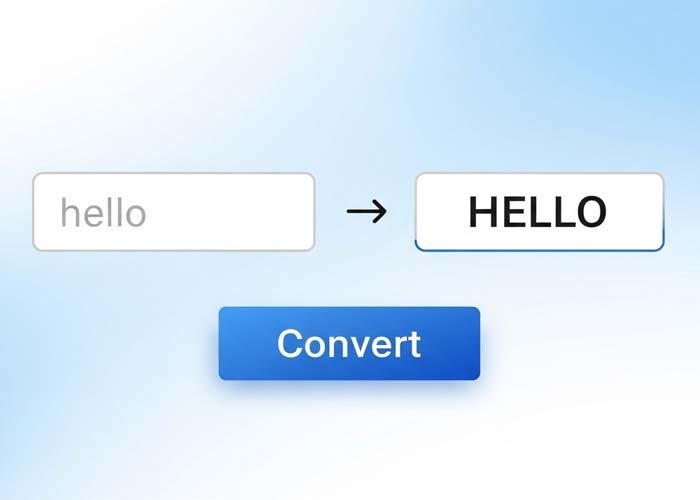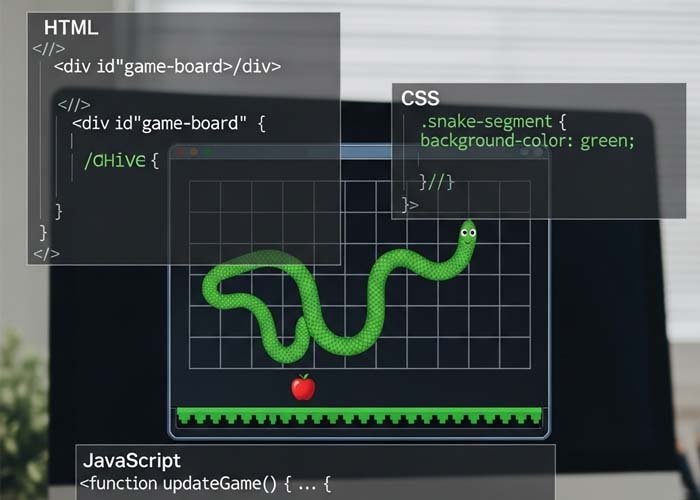Realistic Padlock Toggle Switch Using HTML & CSS
Toggle switches are a common and essential part of interactive user interfaces. In this tutorial, we’ll explore a beautifully animated and highly realistic padlock-style toggle switch built using just HTML and CSS—no JavaScript required.
This unique switch combines 3D design elements with smooth animations and hover effects, making it perfect for projects that need both functionality and visual flair.
What Is a Padlock Toggle Switch?
A padlock toggle switch mimics the look and behavior of a mechanical lock switch. Instead of a basic slider or checkbox, it features a knob, handle, and base that all move together in a coordinated, lifelike animation when toggled on or off.
In our version:
Clicking the knob rotates the switch to the opposite direction.
A metallic bar and locking base animate realistically.
Visual effects like gradients, shadows, and transitions give the toggle a physical, tactile feel.
How It Works (Explained Simply)
1. Structure Using HTML
The toggle is made up of several nested div elements:
A
checkboxinput that tracks the on/off state.A
toggle-handlethat includes the knob and vertical bar.A
toggle-basewhich represents the locking foundation.
This structure ensures each part can be styled and animated independently.
2. Smooth Animations with CSS Transitions
The toggle uses CSS transform and transition properties to animate the handle and knob. When the checkbox is checked:
The knob rotates from left to right (or vice versa).
The handle bar updates its position.
The base color changes to green to indicate the switch is “on.”
All animations are powered by custom easing curves (cubic-bezier) for a natural and fluid motion.
3. Realistic Design Using Gradients and Shadows
The realistic look is achieved through:
Radial and linear gradients on the knob and base.
Inset and outer box shadows for depth.
Light and dark contrasts for highlights and metal textures.
Hovering over the knob triggers a soft inner glow using box-shadow, giving the appearance of light reflection—just like a polished surface.
4. Custom Properties for Flexibility
CSS variables such as --knob-size make the design easily customizable. You can adjust the overall size or tweak the knob’s look without rewriting the whole stylesheet.
Why Use This Toggle Design?
This advanced CSS-only toggle is:
Fully functional and accessible – the checkbox input ensures native form behavior.
Visually appealing – ideal for high-end interfaces, settings panels, or admin dashboards.
Easy to integrate – no JavaScript needed, works in all modern browsers.
You can customize the colors, sizes, rotation angles, and transitions to fit your specific brand or website design.
Ideal Use Cases
Dark UI admin dashboards
Toggle switches for locking/unlocking features
Premium product websites or app settings
Designer portfolios showcasing UI skills
Conclusion
This realistic padlock toggle switch shows how far you can push pure CSS when it comes to interface design. With some clever structure and creative use of CSS transitions, shadows, and gradients, you can build interactive components that feel alive and responsive—without writing a single line of JavaScript.
Feel free to customize and adapt this toggle to suit you
This code uses HTML and CSS only — no JavaScript included.
Copyright – 2025 njesenberger (Nicolas Jesenberger)
Permission is freely granted to anyone who obtains a copy of this software and its accompanying documentation files (referred to as “the Software”), allowing them to use, copy, modify, merge, publish, distribute, sublicense, and even sell copies of the Software. Additionally, users are allowed to permit others to use the Software under these same terms.
It is required that the above copyright notices and this permission notice be included in all versions or significant portions of the Software.
Please note, the Software is provided “as is”, without any form of warranty—express or implied. This includes, but is not limited to, warranties of merchantability, fitness for a specific purpose, or non-infringement. Under no circumstances shall the original authors or rights holders be held responsible for any claims, damages, or other liabilities that may arise from the use of the Software, whether through legal action, negligence, or otherwise.
All code on Freeofcosts.com is reviewed before publishing. Each post includes a live code editor with real-time preview, so you can experiment and learn by doing. Most code is open-source and free to use or modify under respective licenses.



